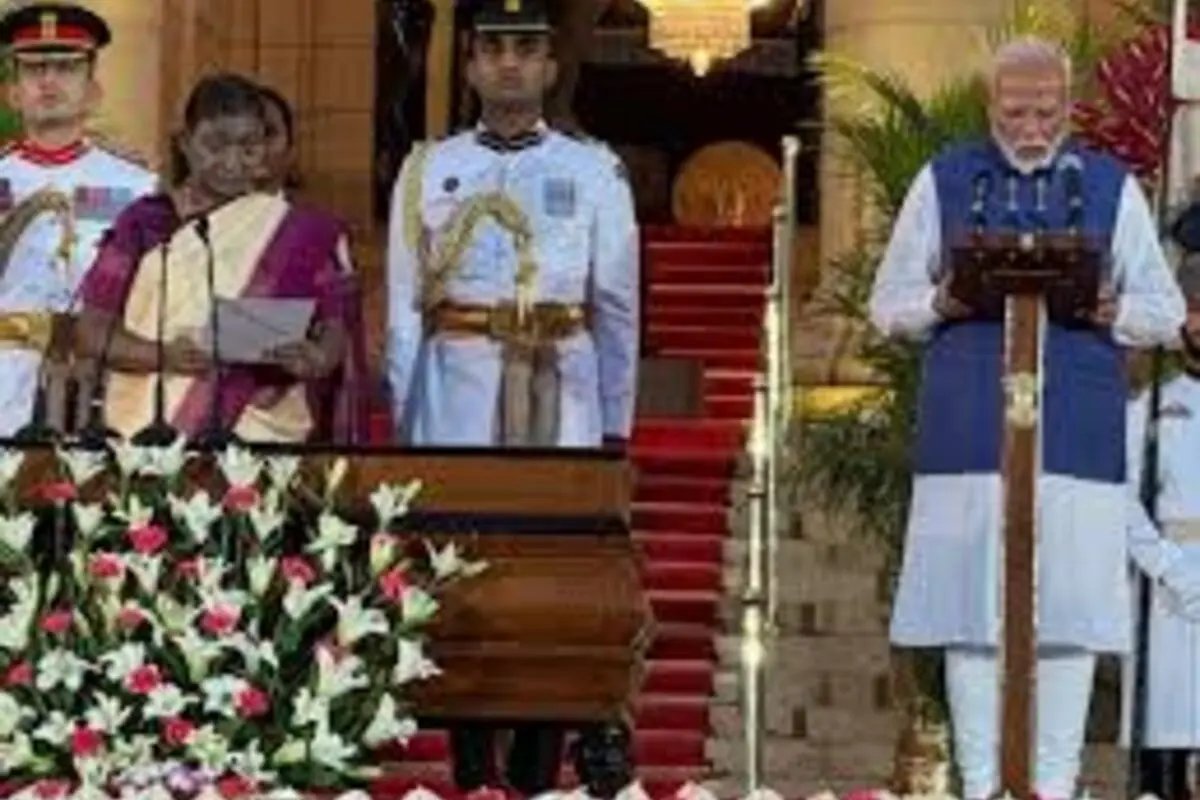
On the historic day of the oath-taking ceremony for the third straight term of Modi, 72 leaders took oath. They were sworn in by the constitution of India to form a union cabinet.
The fact that no Prime Minister, other than Nehru, has taken oath for three straight terms, oath becomes landmark.
Thirty Cabinet ministers, five Ministers of State with Independent Charge, and thirty-six Ministers of State make up the new Cabinet.
Although the portfolios have not yet been revealed, Modi 3.0’s creation and structure demonstrate a sufficient focus on the coalition partners as well as pan-Indian representation.
Upon first glance, the Union Cabinet appears to have made a deliberate attempt to include ministers from as many as twenty-four states, representing every region of the nation.
A minimum of forty-three ministers have held positions in the Parliament for three or more terms in the past. That brings a wealth of expertise with them.
Former chief ministers from the state legislature, like Manohar Lal Khattar and Shivraj Singh Chouhan, have also joined Team Modi, indicating a shift in role from the legislature to the Parliament.
At least 34 ministers, 23 of whom were Ministers of States, have prior experience in state legislatures.
Out of the 72 ministers, 27 are from the Other Backward Class (OBC), 10 are from the Scheduled Caste (SC). 5 of the ministers are from the Scheduled Tribe (ST), and 5 are from the minority group. The caste equations have also been taken into consideration in the oath-taking ceremony.
Also Read: Modi 3.0 Begins: PM Modi Along With Union Cabinet Takes Oath
To read more such news, download Bharat Express news apps


















